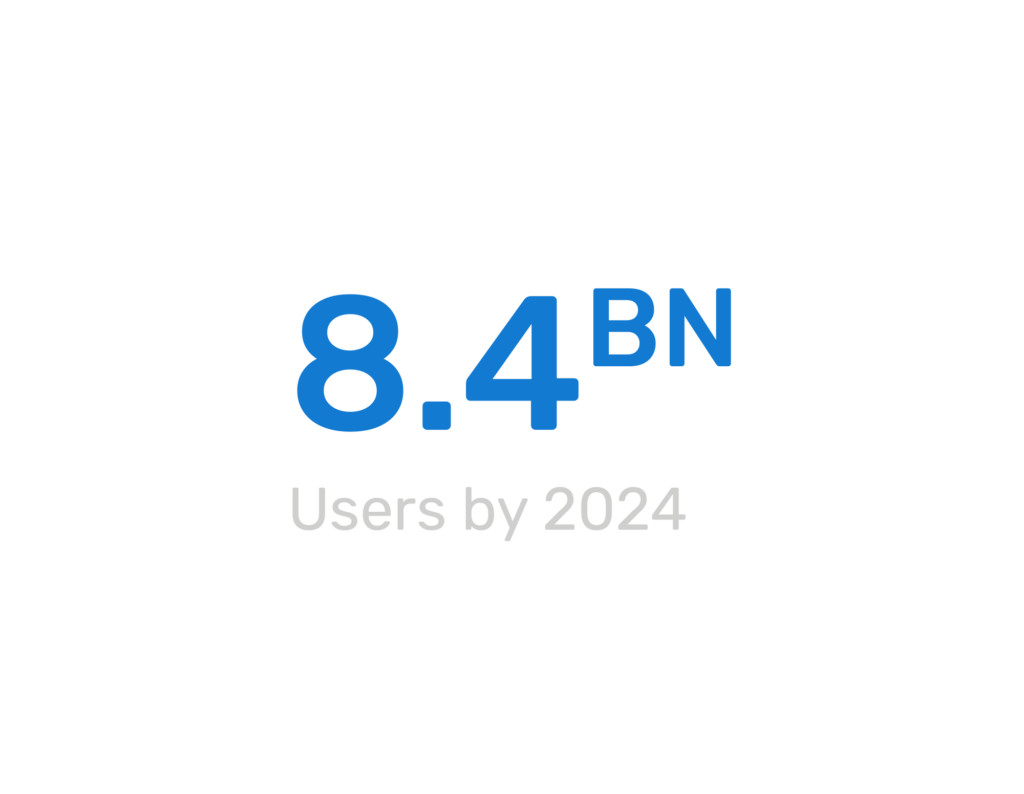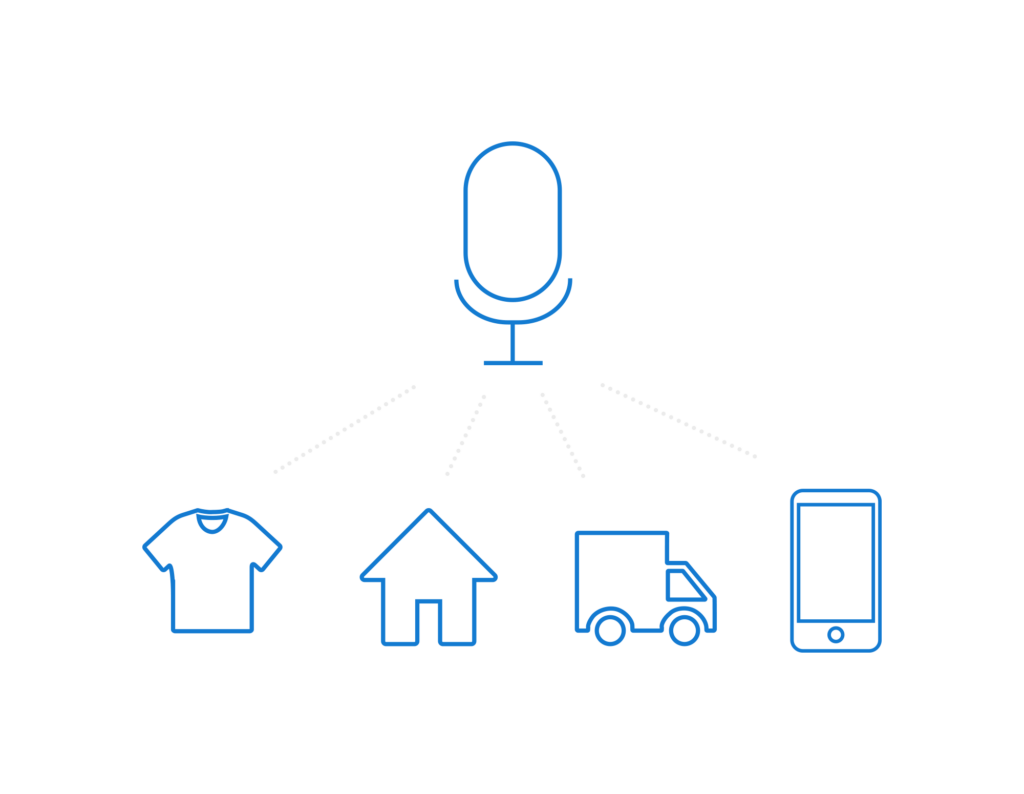
Voice commerce, also known as v-commerce or voice-to-shop, has long been on the rise; even before the pandemic caused us all to assess how contactless we need to be. We may even be as bold as to say that the convenience of voice assistant devices, like Amazon Alexa and Google Home Hubs, is the reason this type of technology is so popular.
In taking a look at both voice biometrics and voice commerce, we’ll delve into the role your voice can hold in both brick-and-mortar shops and online commerce.
Firstly, let’s discuss what voice commerce or voice shopping is. It is what it says on the tin; a type of e-commerce where you can use your voice to make a purchase.
Consumers have become accustomed to using their voice to make demands via a device such as playing a certain song, asking a question or even turning out the lights, but voice-assisted technology can go one step further and complete transactions.
Voice commerce relies on voice assistant software programs to function. It uses natural language processing (NLP) to interpret what the consumer is saying, such as “I want to buy a pair of trainers” and then carries out the appropriate actions; in this example, it will take them to a product page.
Artificial Intelligence (AI) also plays a big part in this function by using the consumer’s search history so that it can find the most relevant results for that individual. Pretty impressive, right?
The use of digital voice assistants is predicted to keep on growing; a study from Statista forecasts that by 2024, the amount used will reach 8.4 billion – a 433% increase from April 2022. Another study estimated that the transaction value of this type of commerce in the US alone will exceed $30 billion by 2024. So, it’s safe to say that much opportunity has developed from this smart voice technology.
Another development that has aided the rise in voice commerce is voice biometrics. Where face ID used to suffice, during the pandemic face coverings got in the way (literally), creating a challenge and making the use of voice biometrics a necessity. The development of this technology and, therefore, the increased use of voice biometrics in turn contributed to the rise in v-commerce.

To paraphrase Todd Mozer, CEO and chairman of voice technology firm Sensory, the utilisation of smart technology, like smart speakers, and the more recent population of smart speaker-enabled devices, such as televisions, has allowed for an increasing comfortability of voice technology and the use of AI.
If you’re wanting to jump on the voice-commerce craze, then here are a few ways your e-commerce brand can utilise it.
So, we’ve looked at the ways this technology can be used, but what are the advantages of voice-based e-commerce? Although there may be some additional resources needed to optimise your business for v-commerce, it could be worth it. Let’s take a look at the benefits:
Despite demand and the potential benefits of voice commerce, the journey isn’t going to be frictionless.

The main limitation of voice shopping right now is that it’s still relatively new technology, therefore, hasn’t been adopted by a large percentage of consumers yet. With new technology comes trust issues. The trust around the v-commerce market is still so variable that it arguably needs to establish itself more before it can really take off.
The integration of v-commerce isn’t as simple as a new payment method either; it lies more with the user interface and relies on the smart technology that the consumer uses too.
But regardless of the limitations of voice shopping, the roadmap isn’t far off. With the digital voice assistant market set to drastically increase this year, the way forward is only going to become clearer.
Voice commerce uses smart technology that’s still in its early days with so much room to grow, but can you imagine the future of e-commerce if this becomes the norm of how to shop?
With smart speaker actions and interactions already manageable via linked devices, the demand for truly contactless methods of commerce is growing. As soon as the trust issues surrounding AI voice assistance have been managed, v-commerce is sure to soar.
However, considering the statistics already mentioned, it’s clear that this change is already in motion; with the trends that gen Z is setting with commerce and their adaptability to new technology, it’s not hard to see why.
Some brands that are currently successfully using voice commerce include:
We’re yet to define how far v-commerce will evolve. However, it is certain that the addition of voice technology is going to going to play a big role in the future of commerce.